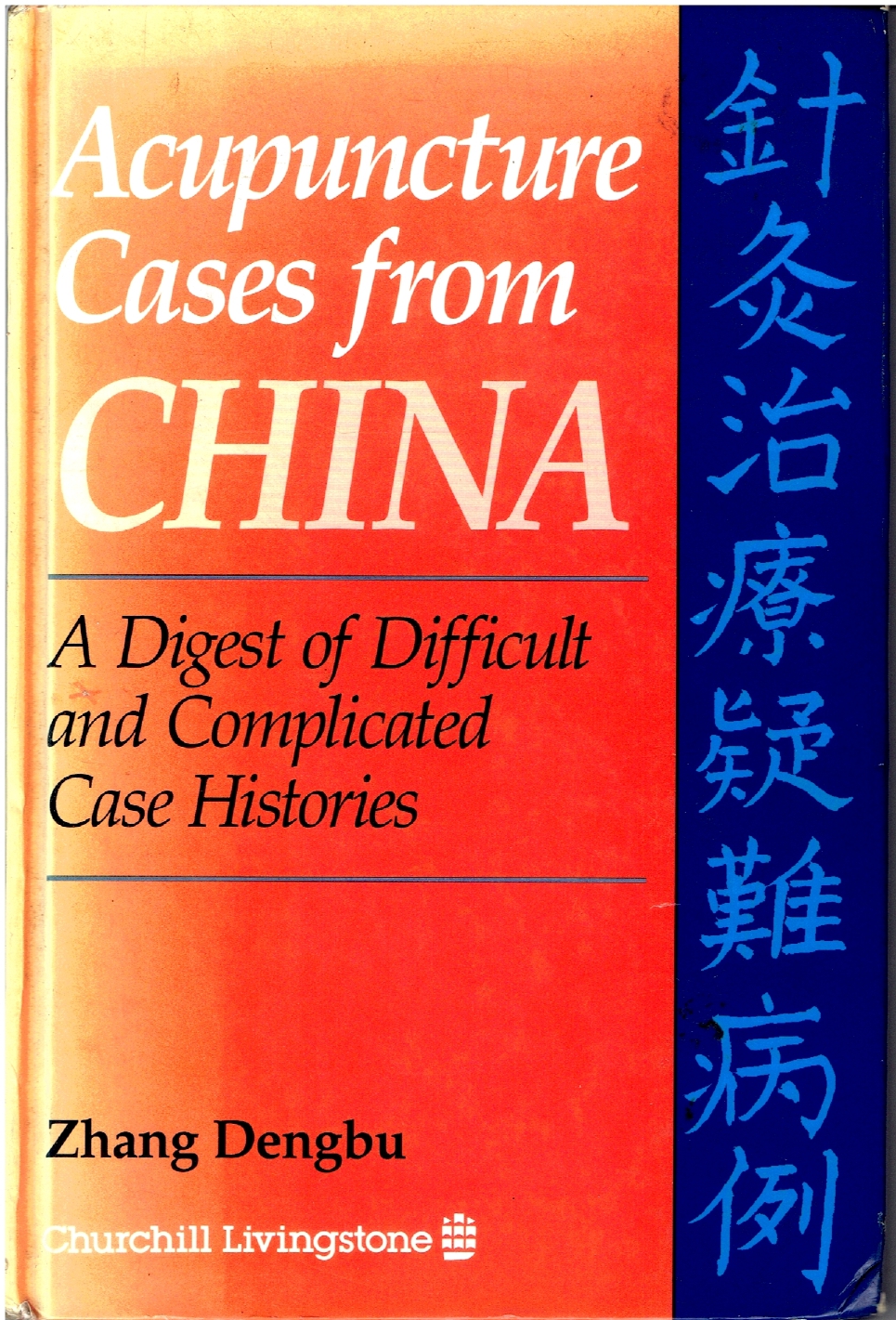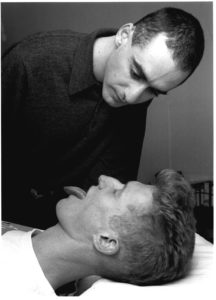The Million to One Chance
Jinan, Shandong, China 1992. Smoky, remote and almost no foreigners. Barring the smoke, exactly, what I was looking for!
I’d been practising for five years and I knew something my patients didn’t know. I wasn’t very good at acupuncture! My solution was to go study some more. All had gone well. I’d found a remote college, that wasn’t swamped with foreign students. I’d found my way there and settled in.
The only fly in the ointment was my publishing career. A few months before my departure I’d taken on an editing project. It was a typed manuscript of a book that had been written in Chinese and translated into what can only be called Chinglish. I had thought that I could edit it in three months or so (more hutzpah?) but I had been wrong. Every single sentence had to be typed into my laptop manually and then rewritten. The cases needed to be reordered to make more sense of them.
So here I was in China, in clinic during the day and struggling to meet my deadline for Churchill Livingstone, my publisher.
The TCM hospital was a big old place. There were about five floors of clinics.with herbal floors, acupuncture floors, Tuina floors and there were also qigong practitioners working there. The ground floor was a massive reception, dispensary, payment counter and general confusion!
I kept going there during the day and editing the book at night. I started to notice that many of the cases were written by a Dr called Zhang, from Shandong.
In my ward, there were several doctors: a high and mighty professor who didn’t talk to me much. A few doctors and my interpreter and teacher, Dr Mu, a lovely guy.
One day, I showed the typed manuscript to Dr Mu. “This Dr Zhang Deng Bu guy from Shandong..have you ever heard of him? I’m editing the translation of his book.” He looked at me strangely for a second and pointed at the professor, standing ten feet away.
“That’s him, over there!”
It was really quite a coincidence. Almost at random, I’d chose to study in a little known TCM college in China. Equally at random, my publisher had asked me to edit a manuscript translated from a book in Chinese.
Then, out of all the teaching wards that i could have been allocated to, I was placed ten feet from the author or the book I was working on. It was a crazy coincidence.
Professor Zhang and I then spent quite a few hours together clarifying my questions about the book.

